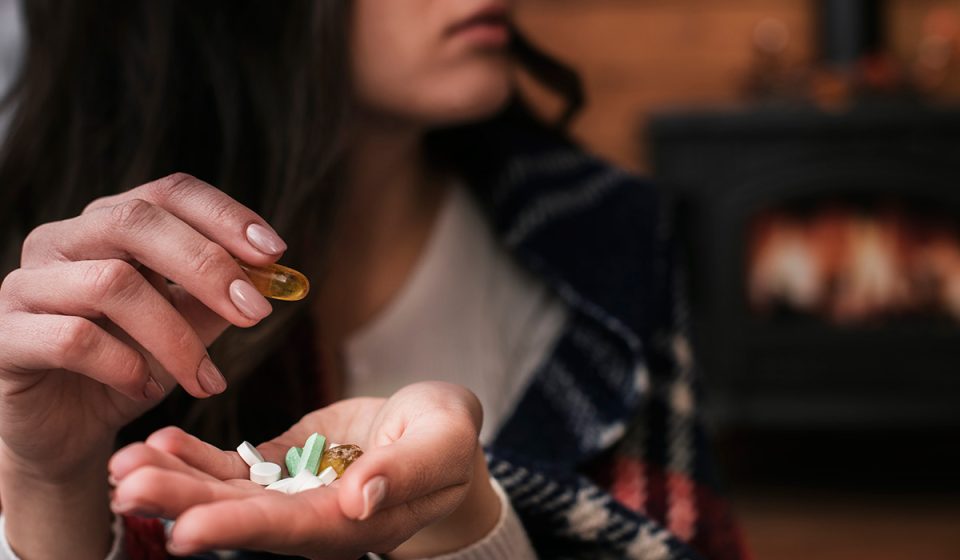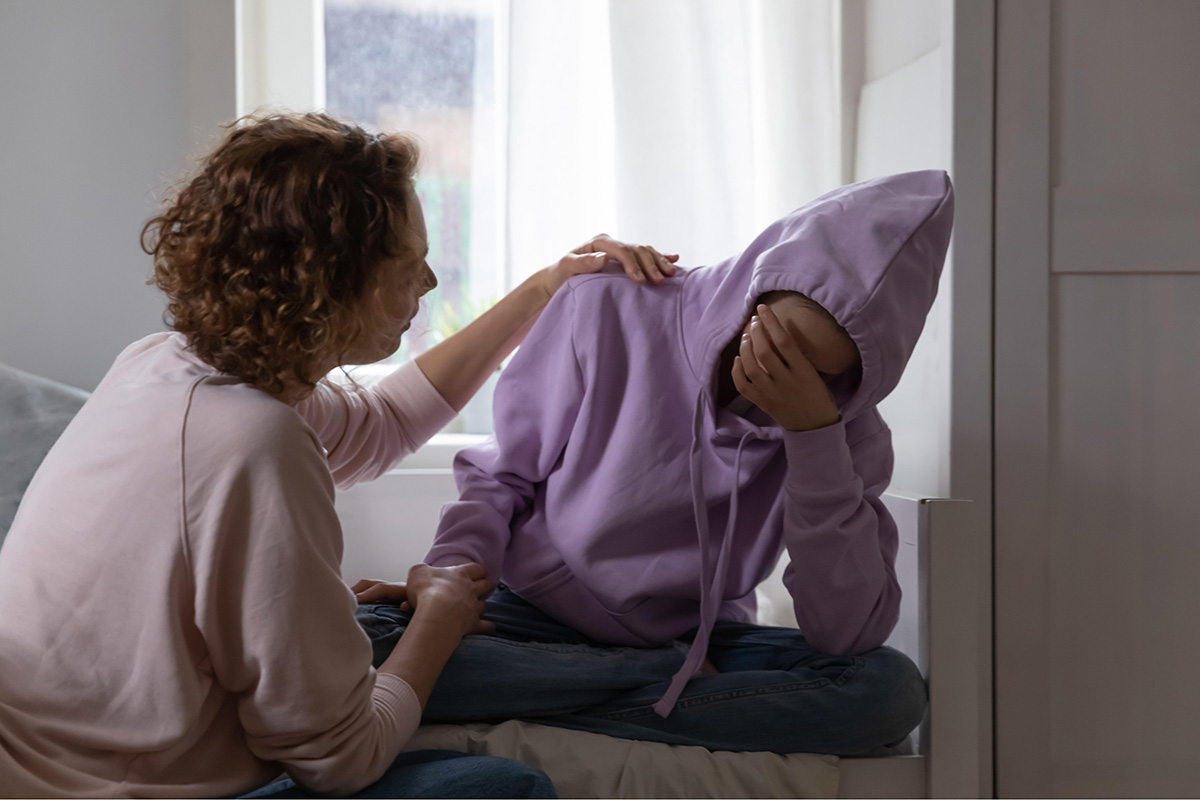
Bridging the Gap: Guiding Individuals from Overdose Crisis to Sustainable Recovery
The opioid crisis has taken far too many lives — and left countless more people trapped in a dangerous limbo between overdose and true recovery. It’s within this critical, vulnerable gap that lives are most at risk of being lost. But there is hope: with the right systems, support, and compassion in place, we can bridge this gap and save lives.
Table Of Content
- 📊 The Overdose Crisis by the Numbers
- 🚨 What Happens After an Overdose?
- 🧭 Bridging the Critical Gap: What Works
- 1. Warm Handoffs
- 2. Peer Support Programs
- 3. Access to Medications for Addiction Treatment (MAT)
- 4. 24/7 Crisis Outreach Teams
- 5. Non-Judgmental, Trauma-Informed Care
- 🧩 What You Can Do
- 💬 Final Word
📊 The Overdose Crisis by the Numbers
- Over 100,000 overdose deaths occur annually in the U.S., according to the CDC’s latest estimates — a grim reminder that the epidemic continues unabated.
- Many survivors of overdose never receive follow-up care, leaving them at heightened risk of subsequent overdoses.
- The risk of a second overdose skyrockets without timely, effective intervention — often within days or weeks of the first event.
The problem isn’t just the drugs — it’s what happens after the overdose that makes all the difference. When someone survives an overdose, they’re often sent home without a real safety net. Without immediate support, their chances of recovery diminish and the cycle of addiction continues.
🚨 What Happens After an Overdose?
| Stage | What Often Happens | What Should Happen |
|---|---|---|
| Emergency Response | Narcan administered, patient stabilized | EMS and ER staff trained to initiate referrals |
| Emergency Room Visit | Patient discharged after stabilization | Warm handoff to recovery support team |
| Post-Discharge | Many return to same environment, no follow-up care | Peer support, case management, and ongoing outreach |
🧭 Bridging the Critical Gap: What Works

The good news is that we already know what works. The challenge now is scaling these interventions across communities large and small.
1. Warm Handoffs
Rather than simply discharging patients after an overdose, warm handoffs create a direct connection between survivors and recovery services. Before the individual leaves the emergency room or hospital, they are personally introduced to recovery coaches, counselors, or treatment providers — people who can guide them toward care, not just information.
Why it matters: Human connection, built immediately, can be the deciding factor between seeking help and slipping back into dangerous patterns.
2. Peer Support Programs
Nothing resonates more deeply with someone in crisis than talking to a person who has been there. Peer support programs use trained individuals with lived experience of addiction and recovery to reach out to overdose survivors.
These programs:
- Increase engagement in treatment programs
- Help survivors navigate next steps
- Reduce stigma and feelings of isolation
- Lower relapse rates
Key takeaway: Connection is medicine. Stories of survival can inspire others to start their own recovery journeys.
3. Access to Medications for Addiction Treatment (MAT)
Three medications — buprenorphine, methadone, and naltrexone — have been proven to dramatically reduce overdose risk and support recovery. Yet, far too often, these life-saving treatments are delayed or denied.
Immediate access to MAT, especially in emergency settings, is critical. Every missed hour or day can mean another fatal overdose.
Critical point: Offering MAT immediately — even in the ER — can transform a moment of crisis into a turning point toward healing.
4. 24/7 Crisis Outreach Teams
Mobile crisis teams that follow up with survivors within 24–72 hours after an overdose are essential. These teams are trained to:
- Provide emotional support
- Offer pathways to treatment
- Help survivors build a personalized recovery plan
- Address social determinants of health (like housing, employment, and mental health needs)
Impact: Timely outreach builds trust, shows care, and can engage people before they slip through the cracks.
5. Non-Judgmental, Trauma-Informed Care

The reality is simple: Stigma kills. Compassion heals.
Healthcare providers trained in trauma-informed and non-judgmental care practices achieve far better outcomes. Survivors of overdose are often carrying layers of trauma — and judgment or shame from providers can push them away from seeking help.
Foundational truth: Healing starts with being seen, heard, and treated with dignity.
🧩 What You Can Do
| If You’re a… | Action Step |
|---|---|
| Healthcare Provider | Advocate for MAT access, screen for SUD, use referrals |
| Community Member | Carry Narcan, support harm reduction orgs |
| Policymaker | Fund post-overdose outreach and mental health services |
| Loved One | Learn about recovery pathways, offer support — not shame |
💬 Final Word
An overdose doesn’t have to be the end of someone’s story. With compassion, connection, and coordinated care, it can instead be the beginning of a new chapter — one of hope, healing, and resilience.
But to make that possible, we must invest in building the bridges between crisis and recovery. Every life is worth saving. Every person deserves a second chance — and the support to make it count.


